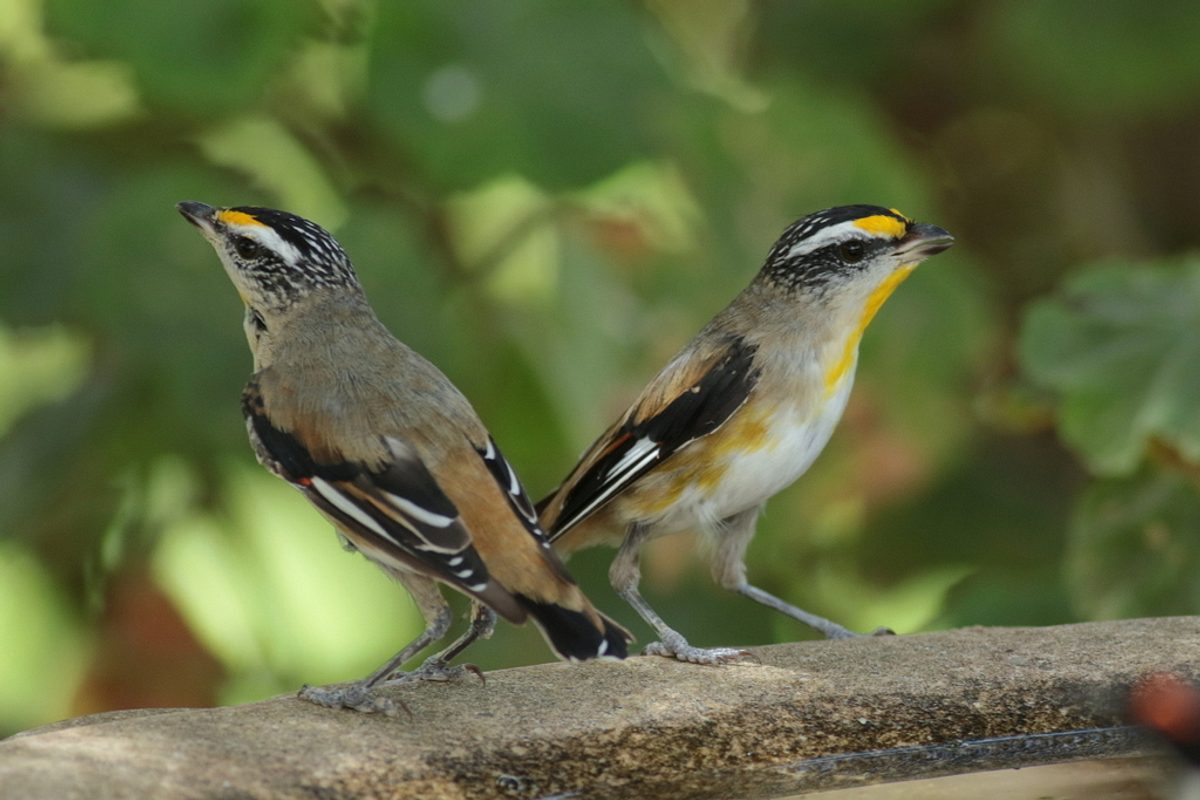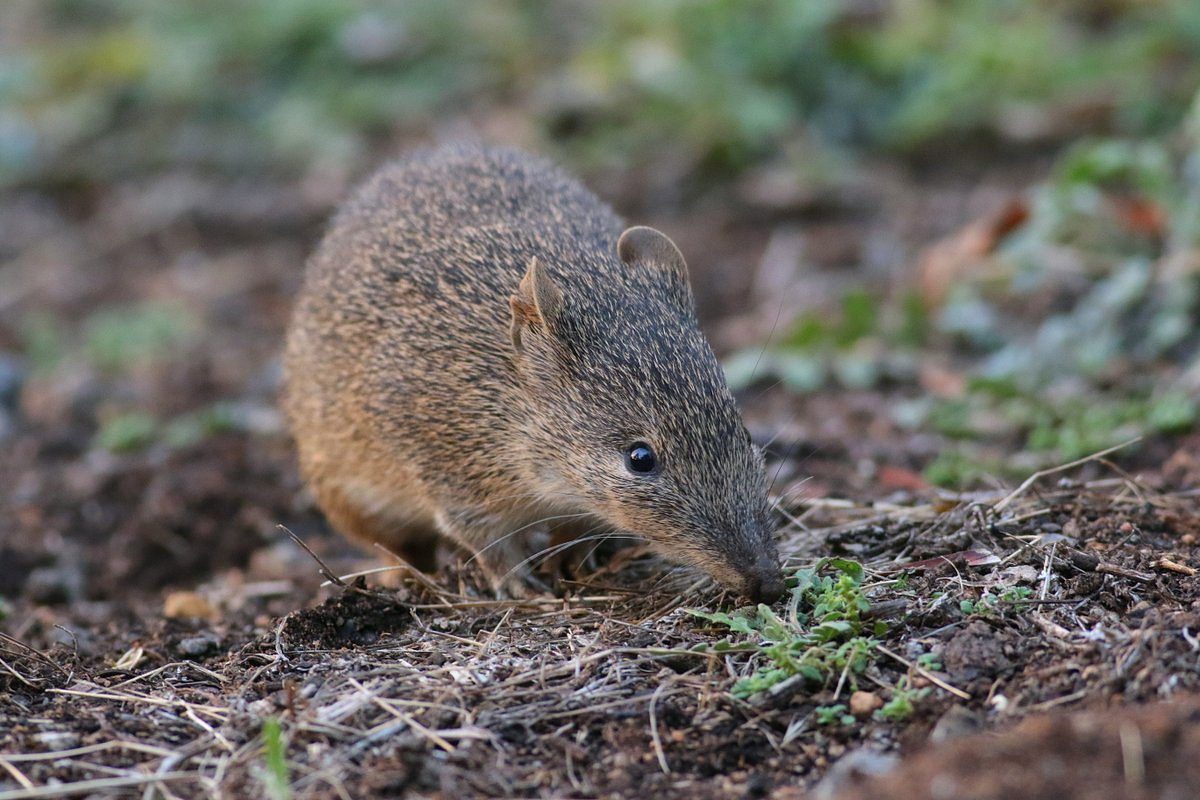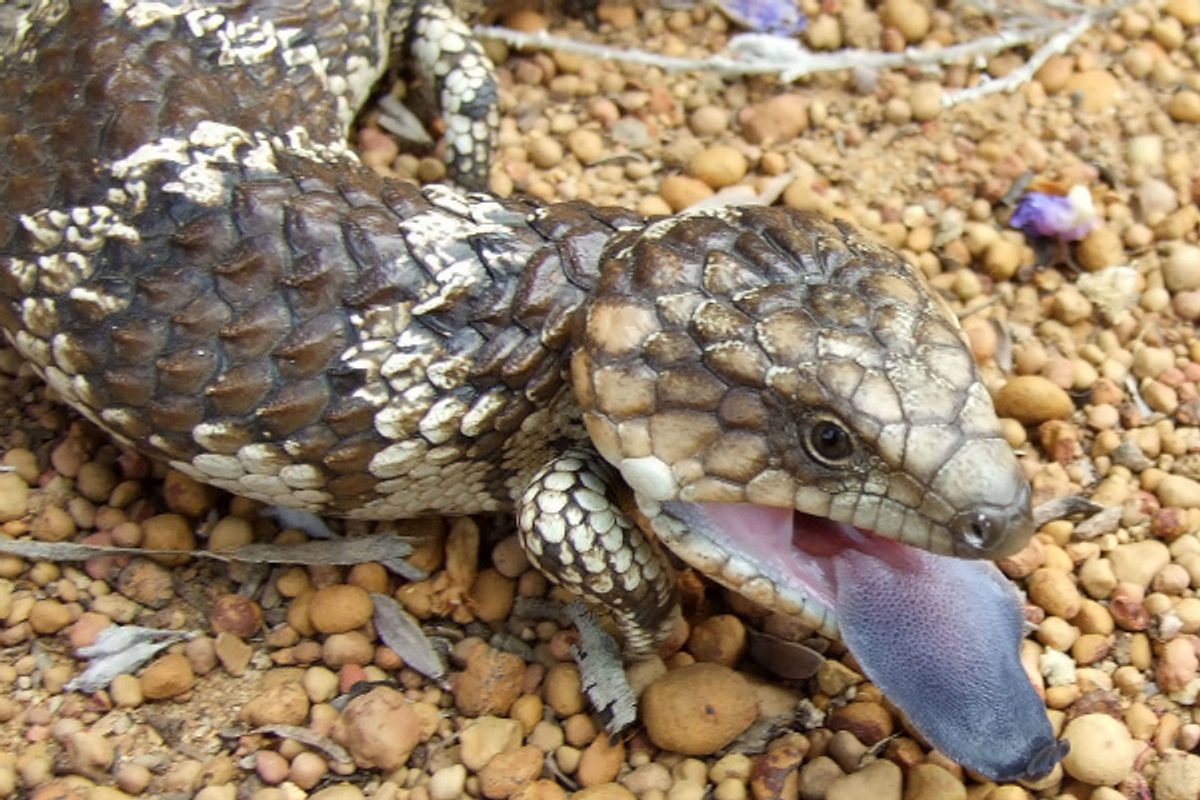Native animals
The region is home to a large number of different native animals (fauna). Of these, there are many endangered animal species, and some species have already become extinct.
Find out more about these native animals in the region:
Why is fauna important?
Native animals are important for many reasons:
- as indicators of healthy ecosystems, waterways and habitats – for example frogs in wetlands
- native animals play important roles in ecosystems such as; keeping some animals from becoming too numerous (predators), managing vegetation growth (herbivores) or providing food, and recycling organic matter (decomposers)
- the variety of native animals and the ecosystems in which they live contribute to the quality of life we have
- the vast majority of locals enjoy seeing wildlife and value their presence in our landscapes
- we like to know there is wildlife near us, and this knowledge helps us to realise that there is more to our world than what we own and control, and that there are many reasons to conserve and protect the natural world
- some native animals even have economic benefits such as kangaroos, emus, yabbies and native fish.
Why manage fauna?
“If wild animals live free and wild, why do we have to manage them? Why don’t we leave them alone?”
We need to manage native animals because nearly everything we do affects them. We share their landscapes and ecosystems, including the air we breathe, the water we drink, the food we eat, the places we live in and the places we visit. The world human population is expanding rapidly, placing great demands on our environment and its resources, including wild animals and their habitats. If we did not manage native animals, we risk more becoming endangered and extinct.
Threats to fauna
Habitat loss is the single biggest threat to native animals both locally and globally.
Habitat fragmentation makes it difficult for animals to move from one patch to another.
Habitat alteration such as the loss of understorey shrubs, logs, food plants, old trees with hollows.
Feral animals which are competitors, predators and poisoners to native animals.
Barriers to movement within and between areas of habitat.
Hunting of native animals.
Road-kill can cause local extinction in some regions and is a constant welfare problem
Disruptive human activities such as unsustainable tourism, recreational activities and industrial practices in important areas of habitat.




